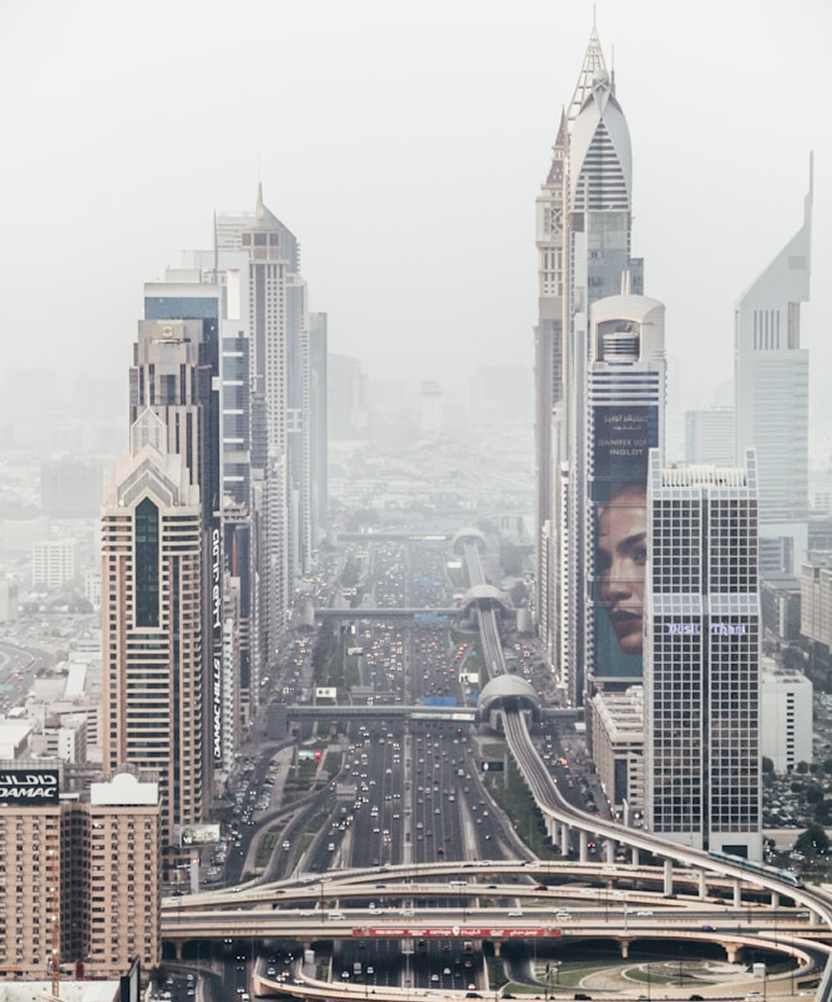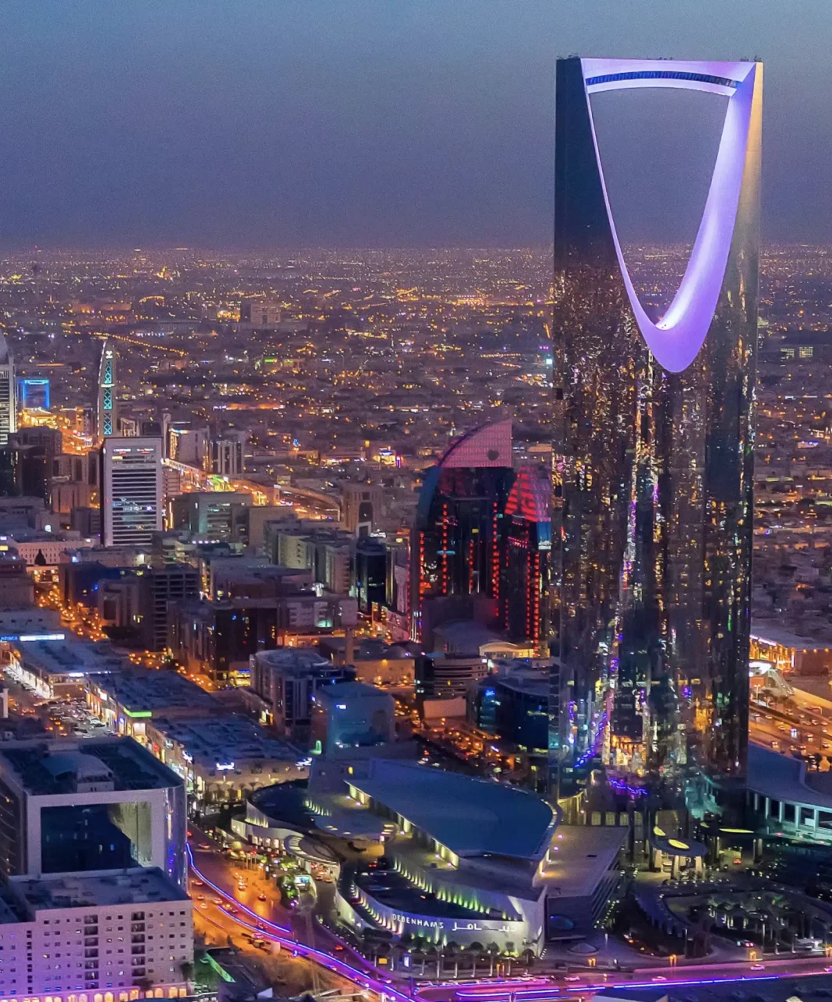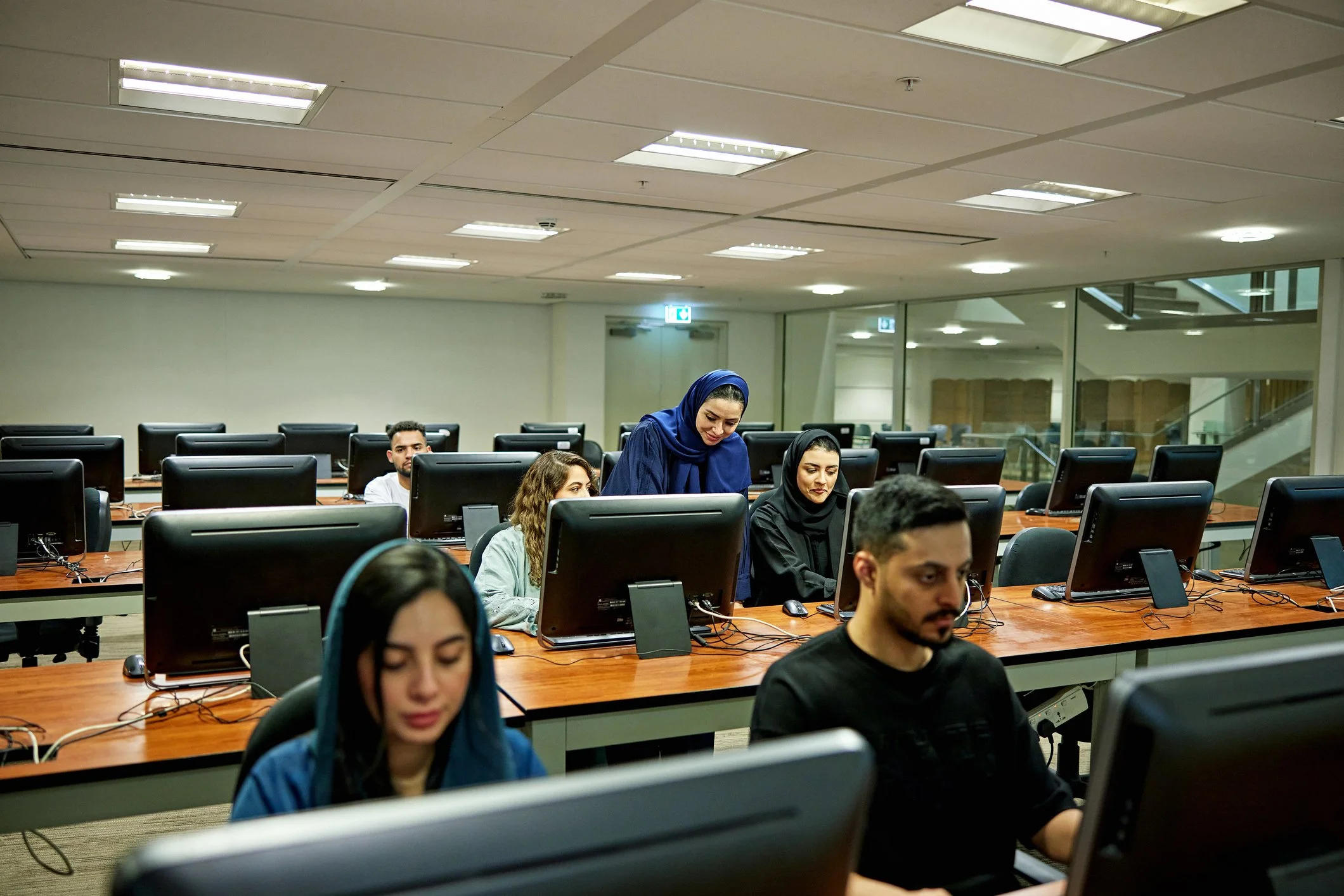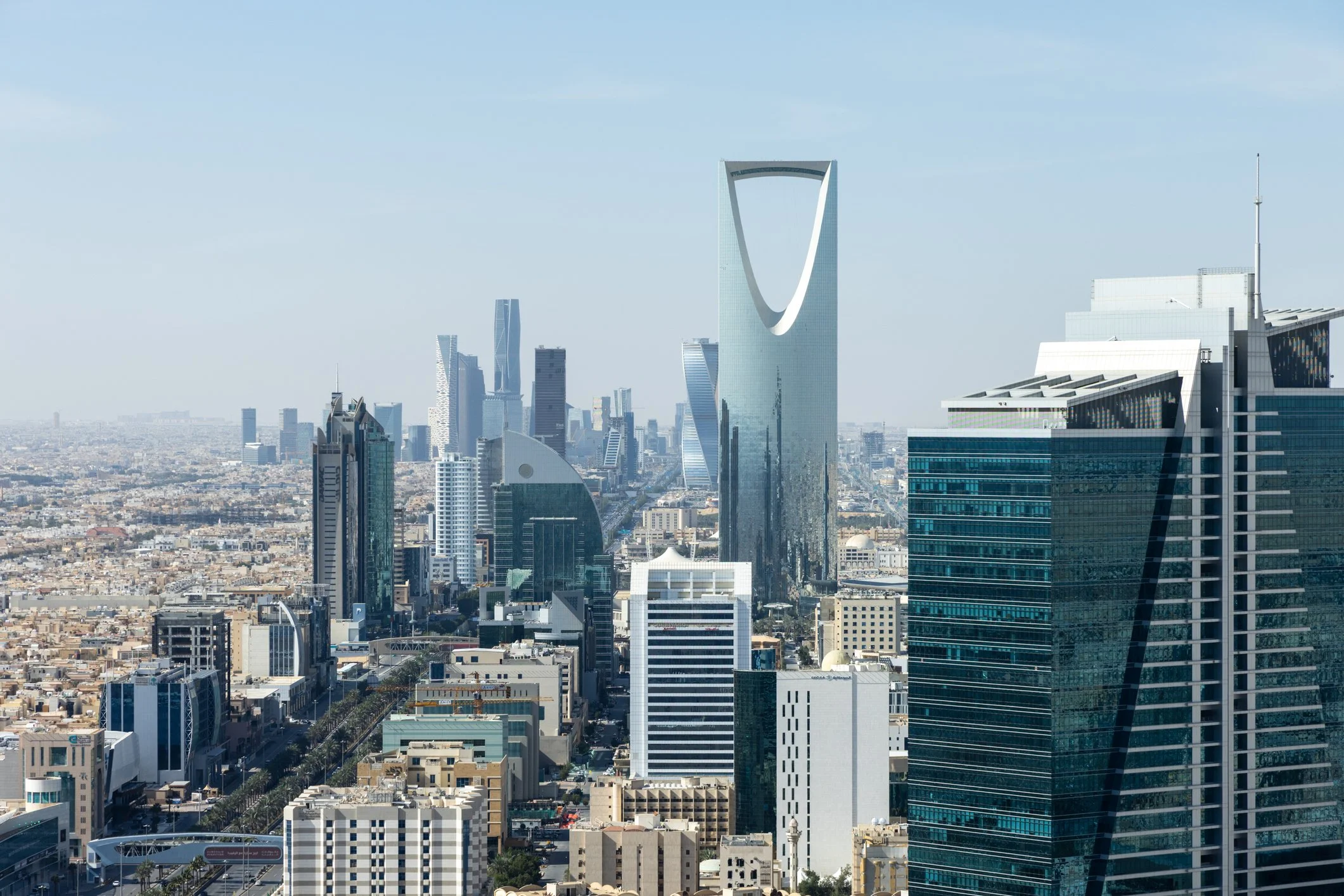
The Opportunity in the Middle East
Unlocking potential, driving progress
-

A Thriving Economic Landscape
The Middle East is undergoing rapid and transformative economic growth, driven by ambitious diversification efforts that extend well beyond the oil & gas sector and position the region as a key player in the future global economy.
-

Strategic Geographic Advantage
At the crossroads of Asia, Africa, and Europe, the Middle East is a strategic hub for global trade and logistics, offering direct access to billions of consumers worldwide.
-

A Rising Talent Market
With a young, growing, and skilled population, the Middle East has great potential for job creation, education, and human capital transformation. There’s a strong focus on developing local talent and preparing the workforce for the future.
-

Evolving Business Environment
Governments are encouraging business growth with reforms, investment incentives, better infrastructure, and easier company setup, creating a supportive environment for innovation and expansion.
-

Commitment to Economic Growth & Localization
Governments are driving sustainable growth through plans that focus on supporting local industries and building a strong national workforce, creating opportunities for both local and international partners.
our approach
Gulf Cooperation Council
KEY STATS
| Country | Population | Median Age | Urban | % Expats | % Internet | GDP |
|---|---|---|---|---|---|---|
| Saudi Arabia | 39.96 M | 29.6 Years | 88% | 44.4% | 99.0% | $1.08 Trillion |
| UAE | 11.08 M | 33.6 Years | 92% | 88.5% | 99.0% | $569 Billion |
the future
A Look at UAE
Pioneering Economic Diversification & Transformation
The UAE is undergoing a bold transformation that is both economic and structural, driven by a focus on education, innovation, and global competitiveness. At the heart of this shift is a long-term investment in human capital, equipping citizens for an innovation-led future. As a gateway to emerging markets, the UAE has positioned itself as the capital of the Middle East for trade, investment, and growth. Its dynamic ecosystem is supported by world-class logistics, digital advancement, and progressive economic partnerships, offering seamless regional and global connectivity within a business-friendly environment designed to foster sustainable expansion.
UAE Vision 2031
Targets making the UAE one of the world’s top 10 countries by enhancing economic competitiveness, digital transformation, sustainability, and global influence.
We the UAE 2031
A 10-year roadmap focused on positioning the UAE as a global hub for innovation and opportunity, structured around four pillars: economy, diplomacy, society, and government.
UAE Centennial 2071
A far-reaching vision to prepare future generations for long-term success through investments in knowledge, advanced education, and sustainable development.
National AI Strategy 2031
Seeks to make the UAE a global AI leader by embedding artificial intelligence across sectors like healthcare, education, and government, while fostering AI talent and research.
"Make it in the Emirates"
A national industrial campaign promoting locally manufactured products and attracting investment to strengthen the UAE’s industrial sector and self-reliance.
the future
Empowering the Future: UAE’s Path to Human Capital Excellence
The United Arab Emirates is strategically charting its course for the next fifty years, placing the cultivation of world-class human capital at the core of its national vision. Through ambitious frameworks like "We the UAE 2031" and the "UAE Centennial 2071," the nation is committed to building a globally competitive, knowledge-based economy driven by its people.
Targeted GDP growth: The UAE aims to reach AED 3 trillion ($820B) by 2031 as part of its "We the UAE 2031" strategy.
The UAE’s education sector serves over 1.3 million K-12 students — approximately 75% in private schools — and more than 135,000 students enrolled in higher education.
For 2026, the UAE's GDP growth is projected to reach 5.50%.
The Education Sector Market in the UAE is projected to grow by $5.10 billion between 2025 and 2029.
The UAE's AI Strategy aims for 100% reliance on AI in services and data analysis by 2031.
Nearly 50% of the UAE population is under age 35, presenting a critical opportunity for long-term workforce investment.
the future
A Look at Saudi Arabia
Partnering with Saudi Arabia: A New Era of Economic Opportunity
Saudi Arabia is undergoing a bold transformation focused on economic diversification, innovation, and sustainable growth. The Kingdom is strategically investing in high-growth sectors such as industry, education, and technology, creating a wealth of opportunities for forward-looking businesses. Central to this shift is the development of a skilled and competitive workforce, with major efforts to enhance education and promote lifelong learning. By investing in emerging industries and aligning with national priorities, businesses can access new markets, leverage advanced technologies, and benefit from a highly motivated talent pool. This alignment not only supports Saudi Arabia’s long-term goals but also positions companies for success in one of the region’s most dynamic and evolving economies.
Vision 2030
Saudi Arabia’s national plan to reduce dependence on oil by diversifying the economy and improving public services like health, education, tourism, and infrastructure. Launched in 2016, it aims to make the Kingdom a global investment hub connecting Asia, Europe, and Africa. The vision focuses on building a vibrant society, a strong economy driven by innovation and the private sector, and an efficient government. It also seeks to create jobs, empower citizens, promote sustainability, and increase Saudi Arabia’s influence regionally and globally.
National Transformation Program (NTP)
A key pillar of Vision 2030 focused on transforming government services, digitizing the public sector, improving regulatory efficiency, and creating an environment conducive to private sector growth.
Human Capability Development Program (HCDP)
A comprehensive initiative dedicated to overhauling the education system, enhancing vocational training, fostering innovation and critical thinking, and equipping Saudi citizens with skills aligned to the demands of a knowledge-based, diversified economy.
Public Investment Fund (PIF) Program
The engine behind Saudi Arabia’s giga-projects and sectoral diversification—mobilizing over $700 billion to invest in futuristic cities (like NEOM), green energy, tourism, technology, and global assets to reshape the Kingdom’s economic landscape.
the future
Empowering the Future: Saudi Arabia’s Path to Human Capital Excellence
Investing in Talent, Powering Innovation: The Kingdom's Path to a Dynamic and Sustainable Economy.
$20 billion AI/data training initiative aims to upskill 40% of the workforce by 2030
KSA’s Public Investment Fund (PIF) Assets Under Management (AUM) exceeds $925 billion.
Education remains a leading component of the public budget, amounting to $52 billion in 2022, with an additional $7B allocated under the National Transformation Program
The private K-12 school sector is experiencing rapid expansion, projected to grow at a 14% Compound Annual Growth Rate (CAGR) through 2030.
In Q4 2024 Foreign Direct Investment (FDI) rose to $20.7 billion.
A youthful population — of 35M citizens, 71% are under the age of 35.




























